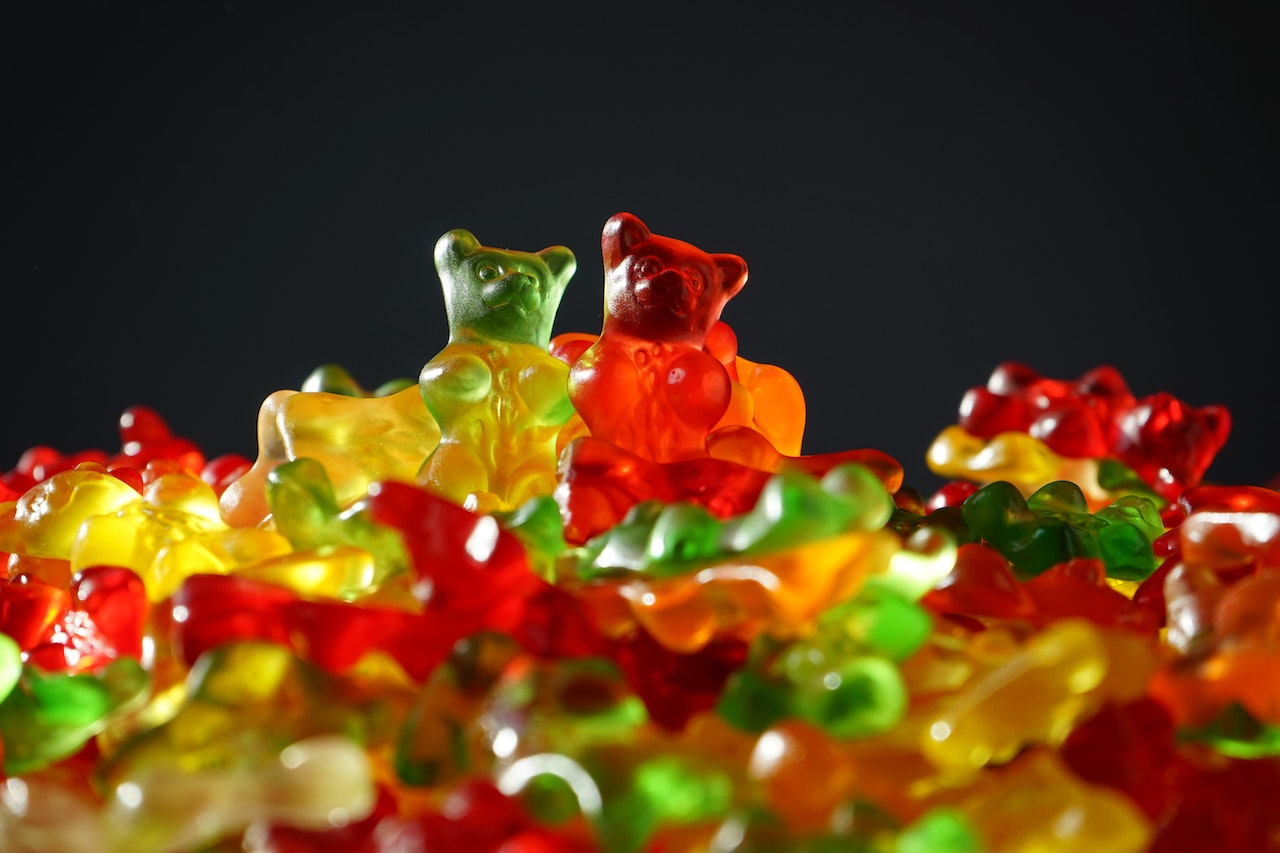The Colorful History of Haribo Goldbears, the World’s First Gummy Bears
2022 marks the centenary of the German candy company’s flagship product
Just over a century ago, in 1920, German confectioner Hans Riegel Sr. struck out on his own, establishing a new candy company called Haribo—an abbreviation derived from his name and hometown of Bonn (Hans Riegel Bonn). Working out of his kitchen with little more than a copper pot, a rolling pin and a stove, Riegel hired his first employee, his wife, Gertrud, the following year. While she delivered products to customers via bicycle, he experimented with hard candies before creating an entirely new sweet treat: the gummy bear.
“We know the stories of today [of] Apple [starting] in a garage, and at that time [Haribo] was a little bit like that,” says Christian Bahlmann, Haribo’s senior vice president of corporate communications. “[Riegel had] the will to do something different, to do something on his own, and to start with very few opportunities … and very [little] money.”
Riegel debuted his gummy prototype, dubbed the Dancing Bear, or Tanzbären in German, in 1922. Larger and slimmer than modern gummy bears, the Tanzbären’s shape was reportedly inspired by the real dancing bears that once entertained children at festivals across Europe.
“The bear character is something cute and loved by children,” says Bahlmann. “… The idea was not to [make] sweets without a certain shape.” Instead, Riegel wanted to give his candy a face and a personality.
Haribo’s gummy bears have undergone multiple makeovers over the decades, most prominently in 1960, when the company rebranded its Dancing Bears as Goldbears. Today, these small, chewy gummies come in a golden bag packed with five flavors (at least in the United States): raspberry, lemon, strawberry, pineapple and orange. They’re available in more than 100 countries, with 160 million Goldbears leaving factory floors around the world every day.
This year, Haribo is marking the centenary of its flagship gummy bears with limited edition releases, including single-flavor bags and blue raspberry–flavored party hats, as well as a contest giveaway that will send four winners on a weeklong vacation to Myrtle Beach, South Carolina.
“Haribo is the original creator of the gummy bear, and we’re so excited to celebrate the 100th birthday of our iconic Goldbears in unique and meaningful ways,” says Rick LaBerge, chief operating officer of Haribo of America, in a statement.
Though Riegel was the first to create gummies shaped like bears, the history of these gelatin-based sweets actually predates his invention. According to Beth Kimmerle, the author of four books on the American confectionery industry, gummy bears descend from precursors such as the gumdrop, Turkish Delight and wine gum (a non-alcoholic treat originating in the United Kingdom).
“My feeling is that the gummy’s true predecessor is jelly or jam, as a way to preserve fruit cooked with pectin, and sometimes starches,” says Kimmerle. “[L]ater on, Japanese rice candies [made] the appeal of jellies portable. Gummies became a way to have a bite of a fruit jelly” on the go.
Susan Benjamin, a candy historian, author and the owner of True Treats Historic Candy in Harpers Ferry, West Virginia, notes that these earlier candies had “already set” the formula later finetuned by Riegel. His innovation was, in part, “the shape of the bear, [which was] very comforting and sweet.”
Riegel was far from the only candy entrepreneur active in the early 1920s. American Fred W. Amend came up with Chuckles, a sugar-covered jelly confection, while Henry Heide, a German emigree to the U.S., created Jujubes and Jujyfruits. But Riegel made his mark through strong business acumen, applying new advancements in flavoring and coloring methods “because he understood candy is all about appearance and texture,” says Kimmerle. “He took the latest confectionery flavor and color technology and applied them to the nth degree to formulate his gummy bears.”
